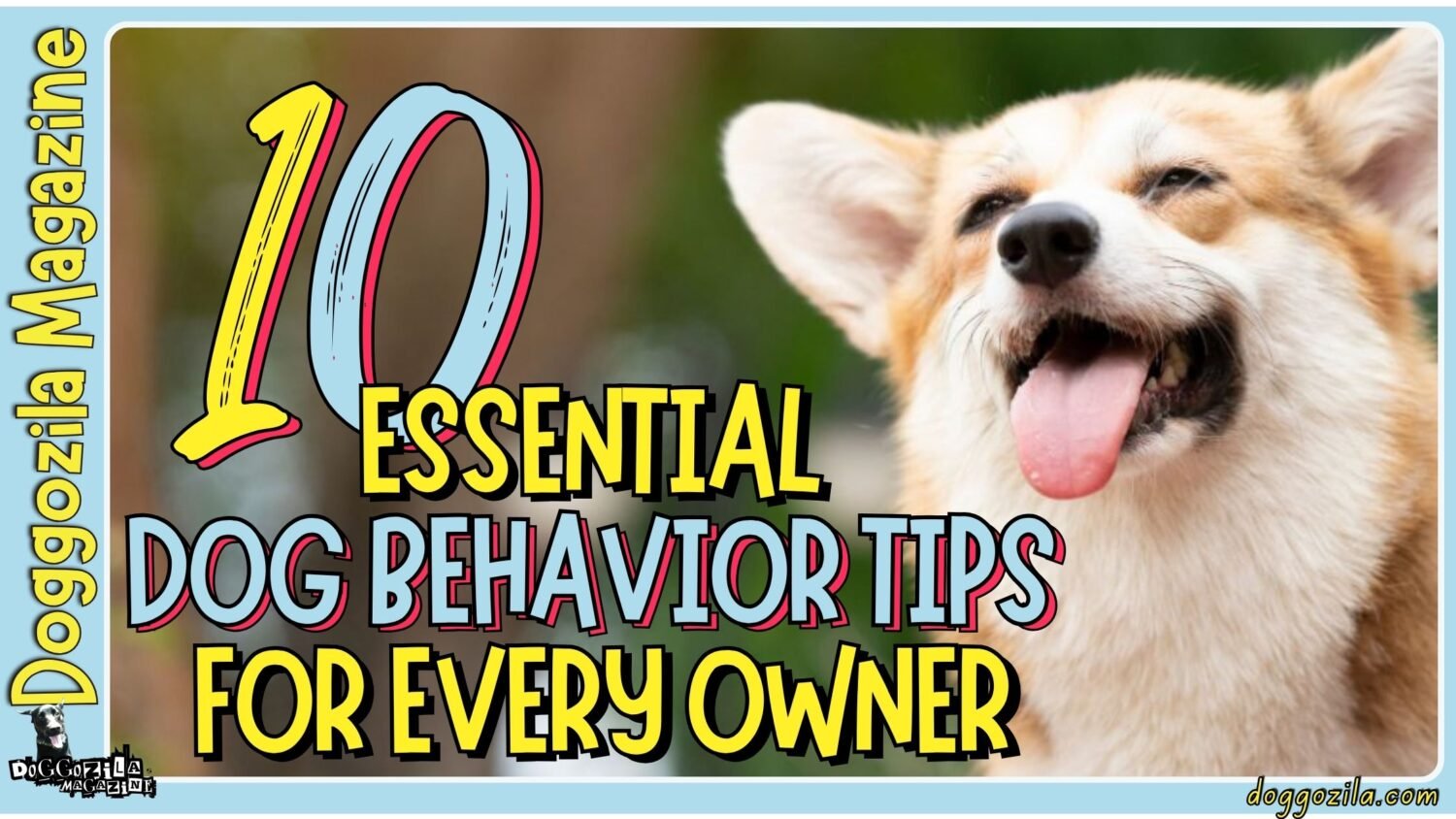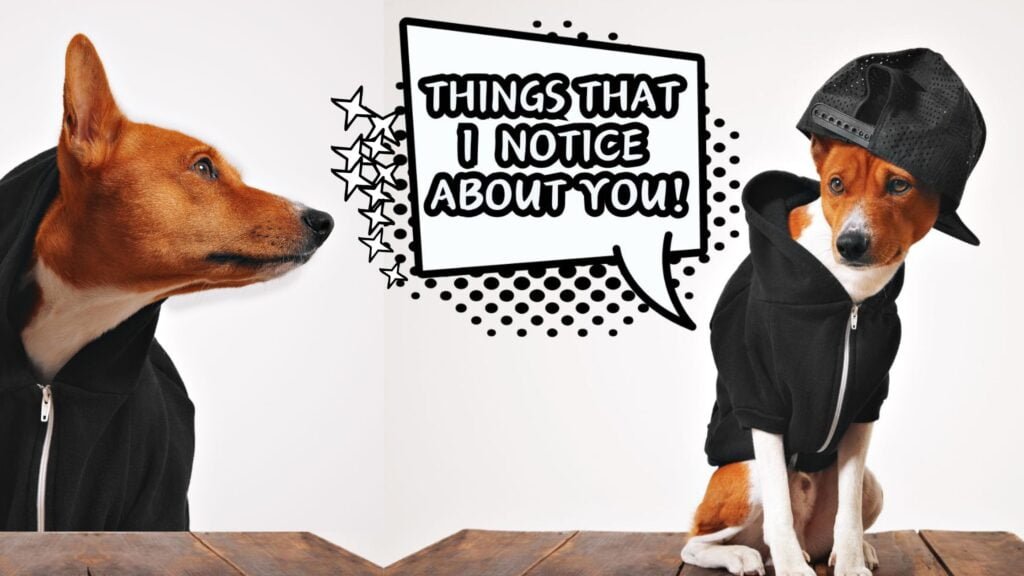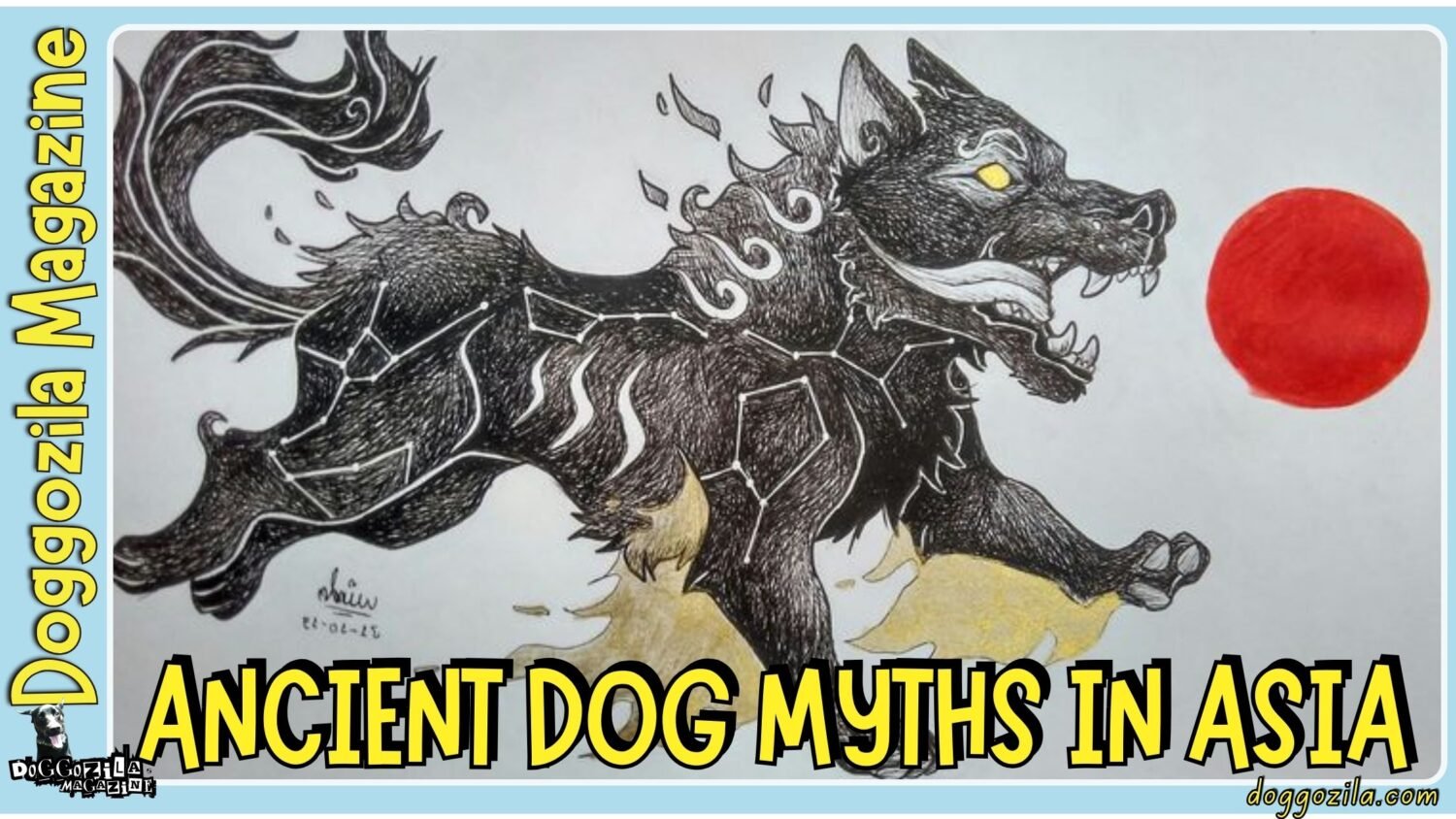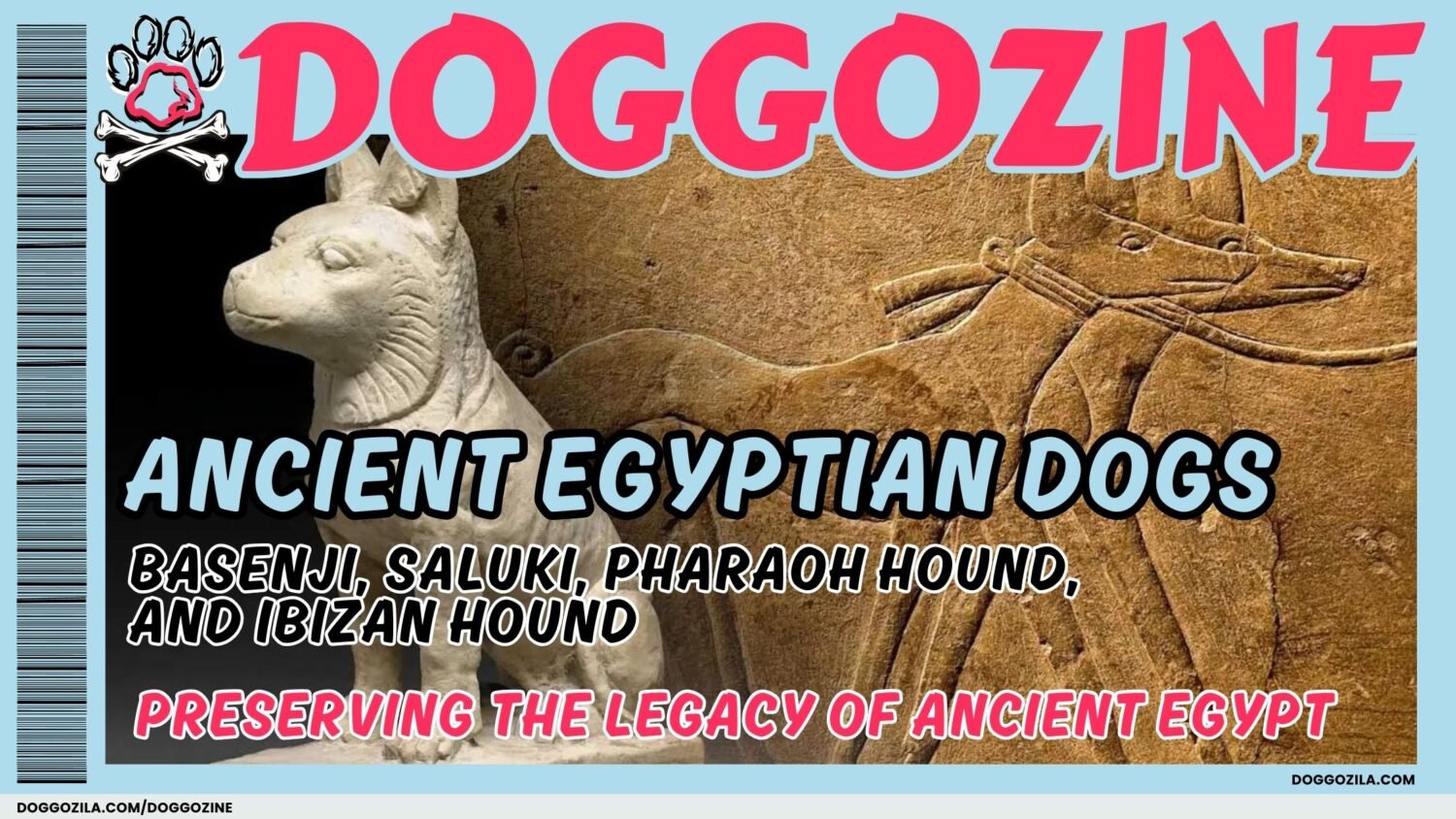Learning how to train your dog to dance is one of the most entertaining and rewarding activities you can do together. Not only does it strengthen your bond, but it also provides mental stimulation and physical exercise for your furry friend.
Whether you want to impress your friends or just have a blast in your living room, teaching your dog to dance is easier than you think. With patience, creativity, and the right techniques, your pup can be the next four-legged dance sensation. Let’s dive into the exciting world of canine choreography!
„Dog dancing is less about perfection and more about joy, whether in your living room or on stage! “

WHY LEARNING HOW TO TRAIN YOUR DOG TO DANCE IS AN AMAZING IDEA?
Dancing with your dog isn’t just a fun party trick, but it’s a fantastic way to enhance your dog’s coordination, confidence, and obedience. Many dog owners have discovered that dance routines help their pets become more attentive and responsive to commands. Plus, it’s a great alternative to traditional exercise, especially on rainy days when outdoor play isn’t an option.
Studies have shown that dogs who engage in structured activities like dancing exhibit lower stress levels and higher problem-solving skills. So, if you’ve ever wondered how to train your dog to dance, now is the perfect time to start!
The Science Behind Dogs and Movement
Dogs are naturally inclined to follow rhythmic movements, especially when they associate them with positive reinforcement. Research from canine behaviorists suggests that dogs can synchronize their movements with music, much like humans do.
A famous case study from the University of Bristol found that dogs who were exposed to upbeat music were more likely to engage in playful behaviors, including spontaneous dancing. This means that if you want to learn how to train your dog to dance, incorporating music can be a game-changer. Start with simple beats and gradually introduce more complex rhythms as your dog becomes comfortable.
How Your Dog Benefit in His Physical Health When You Train Him To Dance?
Just like humans, dogs need regular exercise to stay fit and healthy. Dancing provides a full-body workout that improves muscle tone, flexibility, and cardiovascular health. Unlike repetitive walks or fetch sessions, dancing keeps your dog mentally engaged, reducing the risk of boredom-related behaviors like chewing or excessive barking.
Veterinarians often recommend low-impact dance moves for senior dogs to maintain joint mobility without strain. So, if you’re figuring out how to train your dog to dance, remember, it’s not just fun, it’s also a health booster!
Building a Stronger Bond Through Dance
Dancing requires teamwork, trust, and communication between you and your dog. Every spin, twirl, or paw lift reinforces your connection, making your dog more attuned to your cues. Many professional dog trainers use dance-inspired drills to improve handler-dog relationships in agility and obedience competitions.
The key is to keep sessions lighthearted and rewarding, your dog should associate dancing with joy, not pressure. If you’re serious about how to train your dog to dance, focus on making each session a celebration of your partnership.
🔑 Key Points: Dancing Strengthens Bond & Health! Teaching your dog to dance improves obedience, reduces stress, and provides a fun workout for both of you.

HOW TO TRAIN YOUR DOG TO DANCE: WHAT ARE THE FIRST STEPS?
Before your dog can bust a move, you’ll need to lay the groundwork with basic obedience training. Commands like “sit,” “stay,” and “paw” will serve as the foundation for more complex dance moves.
Start in a quiet, distraction-free environment where your dog feels comfortable and focused. Use high-value treats and enthusiastic praise to encourage participation, remember, dancing should feel like a game, not a chore. If you’re wondering how to train your dog to dance successfully, patience and consistency are your best friends.
Choosing the Right Music for Your Dog’s Dance Routine
Music plays a crucial role in setting the mood and rhythm for your dog’s dance training. Studies have shown that dogs respond best to classical, reggae, and soft rock music, as these genres have calming yet engaging tempos. Avoid loud or erratic sounds that might startle your pup, instead, opt for steady beats that make it easier for your dog to follow along.
A fun experiment is to play different songs and observe which ones make your dog perk up or wag their tail. Once you find the perfect track, you’ll have a much easier time figuring out how to train your dog to dance in sync with the music.
Teaching Your Dog to Stand on Their Hind Legs
One of the most iconic dance moves is the “two-step,” where your dog stands on their hind legs. Start by holding a treat slightly above your dog’s head and say “up” as they reach for it. Reward even the slightest lift at first, then gradually increase the duration before giving the treat.
Over time, your dog will learn to balance longer, allowing you to add spins or gentle sways. If you’re exploring how to train your dog to dance, mastering this move will open the door to more advanced choreography.
Incorporating Paw Movements and Twirls
Once your dog is comfortable standing, you can introduce paw lifts and gentle spins. Hold a treat near their shoulder to encourage a small turn, saying “spin” as they move. For paw lifts, gently tap their leg while saying “paw,” rewarding any attempt to lift it.
These moves can later be combined into a seamless dance sequence. Many competitive canine freestyle teams use these techniques, proving that with creativity, the possibilities are endless. If you’re committed to learning how to train your dog to dance, these foundational moves will set the stage for an impressive routine.
🔑 Key Points: Start with Basics! Foundational commands like “sit” and “paw” are essential before progressing to dance moves. Patience and positive reinforcement are crucial.

ADVANCED MOVES: THE NEXT LEVEL DANCE TRAINING FOR YOUR DOG
Once your dog has mastered the basics, it’s time to level up with more dynamic moves like jumps, weaves, and synchronized steps. Break each new trick into small, manageable steps to prevent frustration. Always end training sessions on a positive note, even if progress is slow, consistency will pay off. Watching videos of professional dog dancers can provide inspiration and technical insights. If you’re eager to discover how to train your dog to dance like a pro, advanced moves will add flair to your routines.
Fun Fact – Dogs Have Natural Rhythm (Some More Than Others!):
Studies show that certain breeds, like Border Collies and Poodles, excel at synchronizing movements to music due to their intelligence and agility. But even unexpected pups like Bulldogs or Basset Hounds can groove with practice! A 2012 study found that dogs’ heart rates sync with upbeat tempos, proving they’re not just following treats… they’re feeling the beat.
How to Train Your Dog to Dance with Backward Steps?
Teaching your dog to walk backward is a stylish addition to any dance routine. Begin by standing close and luring them backward with a treat, using the command “back.” Reward each successful step, gradually increasing the distance.
This move is particularly useful for transitions between other dance elements. Some trainers use a low bench or board to help guide the movement. If you’re refining how to train your dog to dance, backward steps will give your routine a polished, professional look.
Adding Jumps and Leaps for Extra Excitement
A well-timed jump can turn a simple dance into a showstopper. Start with small hurdles or your outstretched leg, using a command like “jump” as your dog clears the obstacle. Always ensure the landing area is safe and cushioned to prevent injuries.
Some breeds, like Border Collies and Jack Russell Terriers, excel at high-energy moves, but any dog can learn with practice. If you’re passionate about how to train your dog to dance, jumps and leaps will bring an exhilarating dynamic to your performances.
How to Train Your Dog to Dance while Choreographing a Full Routine with Multiple Moves?
Now comes the fun part, combining all the moves into a cohesive dance! Start with two or three steps, then slowly add more as your dog gains confidence. Use verbal cues and hand signals to guide them through transitions. Recording your sessions can help you spot areas for improvement.
Many championship-winning freestyle teams spend months perfecting their routines, so don’t rush the process. If you’re mastering how to train your dog to dance, a well-structured routine will showcase your hard work and creativity.
🔑 Key Points: Advanced Moves Add Flair! Once your dog masters basics, introduce spins, jumps, and backward steps for a dynamic routine. Break tricks into small steps to avoid frustration.

HOW TO TRAIN YOUR DOG TO DANCE WITH PROPS AND COSTUMES
Adding props and costumes can take your dog’s dance routine from cute to absolutely show-stopping. Many competitive canine freestyle teams use items like hats, bandanas, hula hoops, and even miniature canes to enhance their performances. The key is introducing props slowly so your dog doesn’t get overwhelmed, start by letting them sniff and explore the object before incorporating it into moves. Costumes should be comfortable and non-restrictive; avoid anything that could trip your dog or block their vision. If you’re curious about how to train your dog to dance with accessories, patience and positive reinforcement will make the process smooth and fun.
Fun Fact – The “Paw-lka” is a Real Move:
In canine freestyle competitions, teams invent creative dance styles like the “Paw-lka” (a polka with paw taps), the “Tailspin Waltz,” or even disco-inspired “Bone Breakdancing.” One legendary duo, a Golden Retriever and owner from Japan, went viral for their perfectly timed salsa routine, complete with a cha-cha slide on command!
How to Introduce Hats and Bandanas Without Stress When You Train Your Dog to Dance?
Some dogs naturally dislike wearing anything on their heads, so you’ll need to build positive associations before adding headgear to your routine. Begin by placing the hat or bandana near your dog during treat time, rewarding calm behavior.
Next, drape it loosely over their neck or back, gradually working up to full wear. Use high-value treats and praise to create excitement, soon, your dog will associate costumes with playtime. If you’re figuring out how to train your dog to dance in a hat, keep sessions short and upbeat to prevent frustration.
Using Hula Hoops for Creative Dance Moves
Hula hoops are fantastic for teaching your dog to jump through, circle around, or even stand inside while performing tricks. Start by laying the hoop flat on the ground and encouraging your dog to step inside using a treat. Once comfortable, lift it slightly off the floor and lure them through with a command like “hoop!”
Over time, you can raise the height or add spins before and after the hoop pass. Some trainers even teach dogs to “weave” between multiple hoops in a slalom-style move. If you’re exploring how to train your dog to dance with props, hula hoops offer endless creative possibilities.
Teaching Your Dog to Hold a Mini Cane or Toy
Holding an object, like a tiny cane or plush toy, can add a playful “circus performer” vibe to your routine. Begin by teaching your dog the “hold” command with a soft toy, rewarding them for gripping it gently.
Once they’re comfortable carrying it, incorporate short walks or spins before asking them to drop it. Some advanced dogs even learn to pass the cane from mouth to paw mid-dance! If you’re serious about how to train your dog to dance with props, this skill will impress any audience.
🔑 Key Points: Props Make It Pop – Hats, hula hoops, or mini canes can elevate performances, but introduce them slowly to prevent overwhelm.

HOW TO TRAIN YOUR DOG TO DANCE TO DIFFERENT MUSIC GENRES?
Not all dogs groove the same way, some might prefer classical waltzes, while others thrive on upbeat pop or reggae rhythms. Experimenting with different genres helps you discover what gets your pup’s tail wagging fastest. Pay attention to your dog’s body language: perked ears, playful bows, or rhythmic tail wagging mean they’re feeling the beat. If you’re learning how to train your dog to dance across musical styles, flexibility and observation are key.
Studies suggest that dogs respond best to music with tempos around 50-60 beats per minute (similar to a resting heart rate), but don’t be afraid to test faster or slower tracks.
Slow Dance: Teaching Elegant Waltz Moves
A graceful waltz is perfect for dogs who enjoy close-contact, flowing movements. Start by guiding your dog in slow circles around you, using treats to keep them at your side. Add gentle paw lifts or small spins on the “downbeat” of the music.
This style works especially well for larger breeds like Golden Retrievers or Great Danes. If you’re refining how to train your dog to dance in a slow, elegant style, focus on smooth transitions and minimal verbal cues to maintain the dreamy atmosphere.
Upbeat Pop: High-Energy Jumping and Spins
For dogs with boundless energy (think Border Collies or Jack Russells), pop or disco music can inspire explosive jumps and rapid-fire tricks. Use quick, sharp commands like “spin!” or “jump!” timed to the beat.
Break complex sequences into small chunks, rewarding after every successful combo keeps motivation high. Some owners even use light-up LED collars for nighttime dance parties! If you’re mastering how to train your dog to dance to fast music, keep sessions short to avoid overexertion.
Hip-Hop and Freestyle: Encouraging Creative Expression
Hip-hop’s irregular beats and pauses allow for improvisation, perfect for dogs who love to show off their personality. Encourage your dog to freestyle by rewarding spontaneous moves like head bobs or playful shuffles.
Hand signals and body language become crucial here, as verbal commands might disrupt the rhythm. One viral TikTok pup, “Jiffpom,” became famous for his hip-hop routines by mixing moonwalks with paw taps. If you’re diving into how to train your dog to dance in a freestyle format, let their natural quirks shine!
🔑 Key Points: Music Sets the Vibe! Different genres (waltz, pop, hip-hop) inspire unique styles. Observe your dog’s reaction to find their groove.

TROUBLESHOOTING COMMON CHALLENGES WHEN YOU TRAIN YOUR DOG TO DANCE
Even the most enthusiastic dancers hit roadblocks, maybe your dog loses interest mid-routine, or they freeze up around new props. Identifying these challenges early helps you adjust your approach before frustration sets in. If you’re problem-solving how to train your dog to dance effectively, adaptability and empathy will go a long way.
Common issues include distraction sensitivity, physical limitations (like arthritis), or simply misunderstanding cues. Always rule out medical concerns with a vet if your dog seems unusually reluctant. Remember that every dog learns at their own pace.
What To Do When Your Dog Gets Distracted Mid-Routine?
Distractions (like squirrels or doorbells) can derail even the best practice sessions. Counter this by gradually increasing environmental stimuli, start in a silent room, then add soft music, then practice near a window. Use extra-high-value rewards (like cheese or chicken) in distracting settings.
One agility champion, “Stella the Dancing Corgi,” trained for months in busy parks before nailing flawless performances. If you’re troubleshooting how to train your dog to dance with focus, incremental exposure builds reliability.
See the Corgi Stella – agility champion!
Adapting Moves for Senior Dogs or Puppies
Puppies have short attention spans, while older dogs may struggle with jumps. For young dogs, keep sessions under 5 minutes and focus on foundational commands. Senior pups might excel at seated “dances” (like head tilts or paw waves) or hydrotherapy-based moves in shallow water.
A 12-year-old rescue Dachshund named “Gizmo” went viral for his chair-based routine tailored to his back issues. If you’re customizing how to train your dog to dance at any age, prioritize their comfort and joy.
What to Do If Your Dog Refuses to Participate?
Not every dog will love dancing, and that’s okay! If your pup walks away or lies down, respect their boundaries and try alternative activities like scent work or puzzle toys. For hesitant dogs, incorporate dance-like motions into games (e.g., spinning during fetch).
Celebrity dog trainer Zak George emphasizes that forcing participation can damage trust. If you’re reevaluating how to train your dog to dance, remember: happiness matters more than tricks.
🔑 Key Points: Troubleshoot with Empathy! Distractions, age, or disinterest may arise. Adapt training to your dog’s needs, but never force participation.

SHOWTIME! PREPARING FOR YOUR DOG’S FIRST DANCE PERFORMANCE
Whether it’s a local talent show or an Instagram reel, debuting your dog’s dance skills is thrilling (and nerve-wracking!). Preparation is key, rehearse in the performance space if possible, and bring familiar toys/treats to ease nerves. Keep the routine slightly shorter than practice versions, dogs often perform better when not overtaxed. Capture the crowd’s energy by starting with your dog’s strongest trick. Above all, smile! Your confidence helps your dog shine. If you’re prepping for how to train your dog to dance on stage, simulate the environment beforehand for success.
Fun Fact – Dancing Was Originally a Dog Training “Cheat Code”:
Modern dog dancing (aka canine freestyle) started in the 1990s as a way to make obedience training more fun. Trainers realized that adding music and spins kept dogs engaged longer than traditional drills. Today, it’s a global sport with championships where dogs and owners perform elaborate routines, sometimes in matching sparkly outfits!
Choosing the Perfect Venue for Your Debut
Backyard gatherings or small dog-friendly cafes are ideal first venues. Avoid overly loud or crowded spaces unless your dog is already comfortable there. Some owners rent quiet studio spaces for professional recordings. Check flooring, non-slip surfaces prevent accidents.
A Dalmatian named “Disco” famously performed his first routine at a children’s hospital, bringing smiles without overwhelming stimuli. If you’re strategizing how to train your dog to dance in public, start small and scale up.
Handling Stage Nerves (Yours and Your Dog’s!)
Dogs pick up on human anxiety, so practice calm breathing and upbeat verbal cues. Bring a “comfort item” like their favorite blanket. For pre-show jitters, a brisk walk can burn excess energy.
One study found that dogs performed 23% better when handlers used playful vocal tones versus stern commands. If you’re overcoming how to train your dog to dance under pressure, positivity is your secret weapon.
Capturing the Perfect Video for Social Media
Natural lighting, steady cameras (or tripods), and minimal background clutter make videos pop. Shoot multiple takes and edit highlights, viewers love bloopers too!
Use trending sounds or hashtags like #DancingDogChallenge. The most-shared clips often show genuine joy between dog and owner. If you’re showcasing how to train your dog to dance online, authenticity beats perfection.
🔑 Key Points: Perform with Confidence! Debut routines in low-pressure settings, prioritize fun over perfection, and connect with communities for inspiration.

TAKING IT FURTHER: COMPETITIONS AND COMMUNITY
Ready to go pro? Organizations like the Canine Freestyle Federation host events worldwide, judging on creativity, teamwork, and technical skill. Local dog clubs often offer dance-focused classes, a great way to meet fellow enthusiasts. Some therapy dog teams even incorporate dances into hospital visits! If you’re advancing how to train your dog to dance beyond the living room, community makes the journey richer.
Social media groups share tips and celebrate milestones (search “#DogDanceCrew”).
However, if you proceed, remember that the goal is connection, not trophies.
Entering Your First Dog Dance Competition
Start with “fun matches” or virtual events to gain experience. Review scoring criteria, some prioritize precision, while others reward storytelling. Costumes and music should highlight your dog’s personality.
A Pit Bull mix named “Boogie” won hearts in a ruffled skirt dancing to Lady Gaga, proving creativity trumps breed stereotypes. If you’re competing in how to train your dog to dance, passion outweighs perfection.
Connecting with the Global Dog Dance Community
Facebook groups like “Canine Freestyle Fanatics” offer advice and moral support. Attend workshops (virtual or in-person) to learn from champions. Collaborative routines, where multiple dogs/owners dance together are growing in popularity.
A Tokyo-based group called “Paws in Motion” performs synchronized flash mobs yearly. If you’re expanding how to train your dog to dance globally, camaraderie fuels inspiration.
Using Dance Skills for Therapy and Advocacy
Trained therapy dogs can bring dance routines to nursing homes or schools, boosting morale. Rescue organizations sometimes feature adoptable dogs’ talents in videos to attract families.
A Greyhound named “Waltz” helped change perceptions about ex-racing dogs through his gentle ballet-inspired performances. If you’re leveraging how to train your dog to dance for a greater purpose, the impact goes far beyond tricks.
Final Thoughts On Why You Should Train Your Dog To Dance
Dancing with your dog is a celebration of joy, trust, and creativity. Whether you’re twirling in your kitchen or competing on stage, every step strengthens your bond. So crank up the music, grab some treats, and let the rhythm guide you, your dog’s inner dancer is waiting to shine!
Want to test your dog’s rhythm? Try playing “Who Let the Dogs Out” and see if they howl on beat!
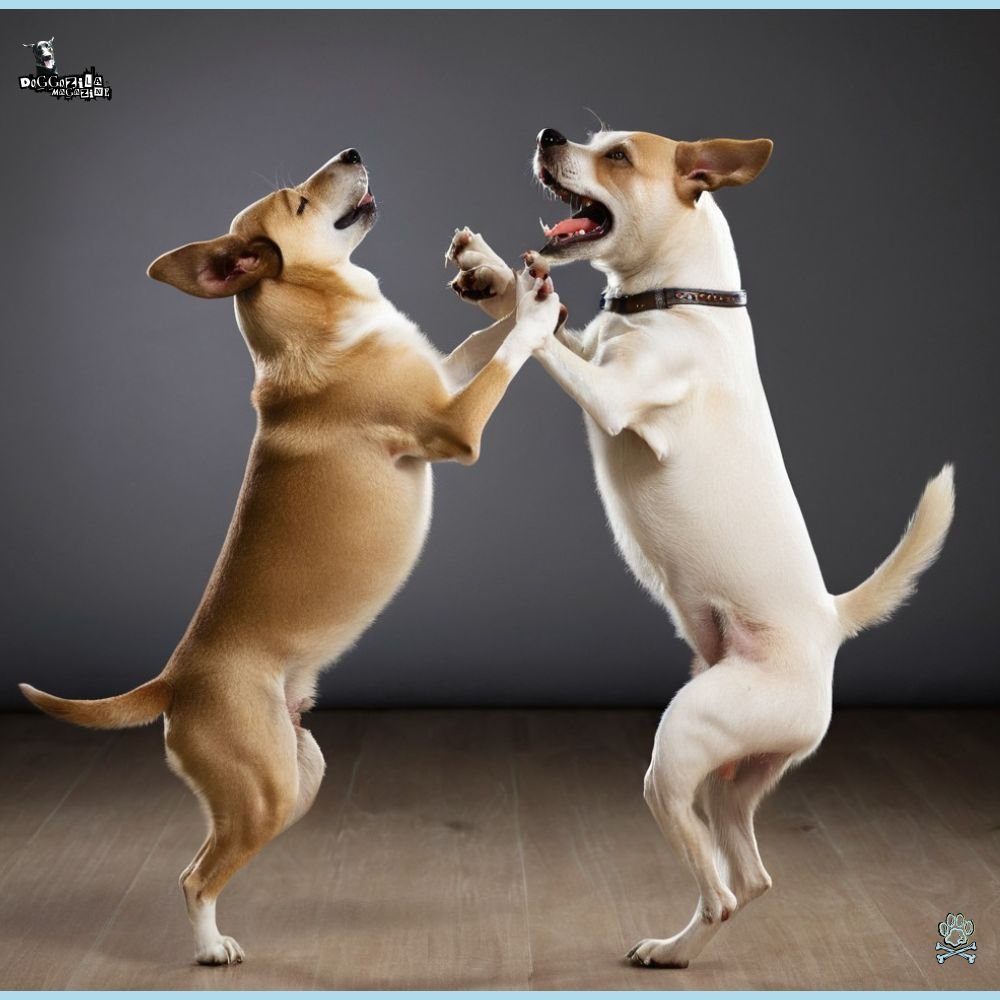
Now it’s your turn: What’s the first song you’ll dance to with your dog? Share it with us in the comments!

